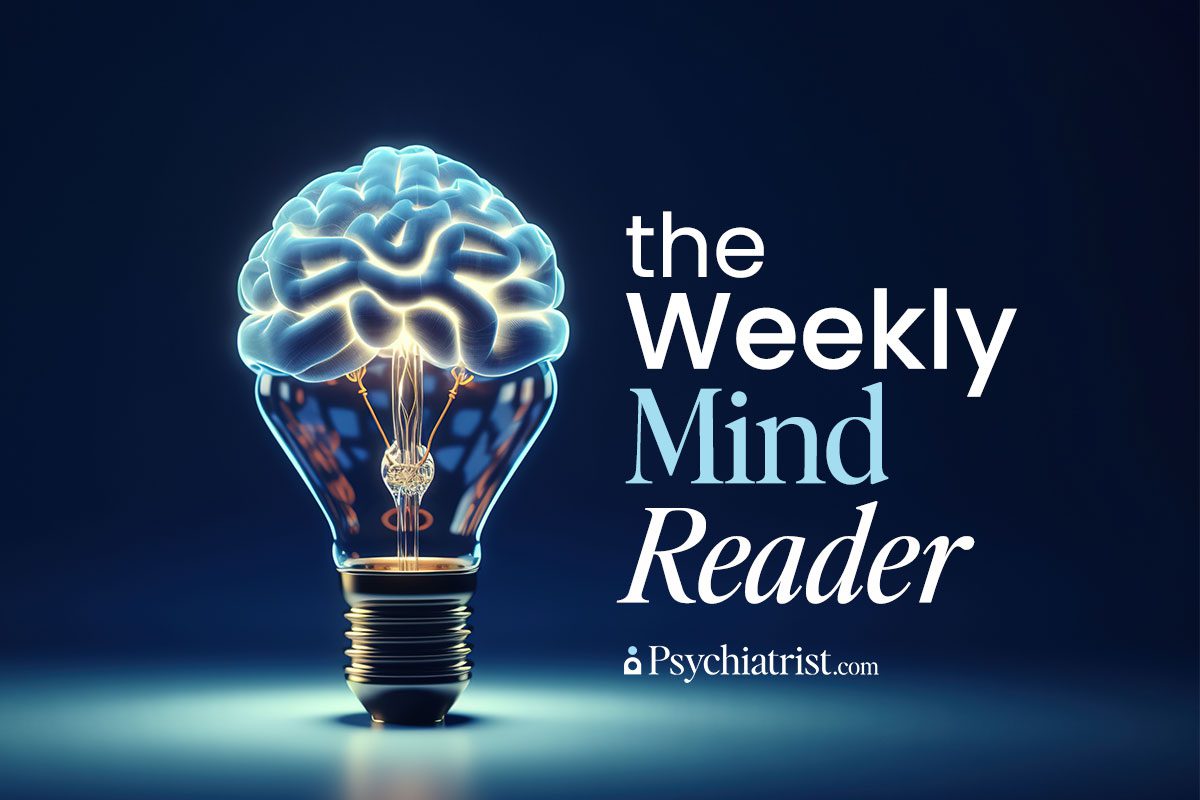Neurodegenerative diseases such as Alzheimer’s remain some of the most complex – and debilitating – medical conditions, affecting nearly 7 million people in the United States alone. The latest estimates predict that number could double by 2060.
Despite aggressive, ongoing research, the mechanics behind this conditions remain as mysterious as they are heartbreaking.
But new evidence – appearing in ACS Chemical Neuroscience – suggests a possible connection between viral infections and the emergence of neurodegeneration, particularly in Alzheimer’s cases. Specifically, this latest study points to infections such as human immunodeficiency virus (HIV-1) and herpes simplex virus type 1 (HSV-1), as potential catalysts for the dysregulation of critical neurotransmitter systems. These brain chemistry disturbances, the authors contend, could spark the neurodegenerative and neuroinflammatory processes that eventually result in Alzheimer’s.
A New Perspective on Alzheimer’s
Earlier research has implicated viruses before. Melvyn J. Ball introduced his “viral hypothesis” more than 40 years ago. His theory suggested that HSV-1 infection might contribute to Alzheimer’s by interfering with typical neurotransmission activity.
More recent studies have backed this up. In 2023, for example, researchers published data pulled from the FinnGen project and UK Biobank that identified nearly two dozen different viruses that showed links to elevated neurodegenerative disease risk. This paper added that encephalitis-related infections appeared to boast the strongest ties to Alzheimer’s.
One theory suggests that viral infections might act as a trigger for Alzheimer’s by sparking a buildup of abnormal proteins in the brain. Some researchers suggest that amyloid-beta (Aβ), a hallmark of Alzheimer’s, might actually function as an antimicrobial peptide (AMP) meant to defend against infections. This could mean that viral infections effectively “seed” amyloid buildup, leading to Alzheimer’s.
Additionally, viruses have been shown to produce microRNAs that alter host cell function, which could threaten crucial neurodegenerative risk pathways.
The Role of Neurotransmission Disruptions
The latest research focuses primarily on how viral infections impact neurotransmitter systems, particularly the glutamatergic and l-arginine/nitric oxide (NO) pathways.
Glutamate operates as the brain’s main excitatory neurotransmitter, shouldering the responsibility for regulating synaptic functions.
However, excessive glutamate levels can lead to excitotoxicity. Research has shown that Alzheimer’s patients typically show higher glutamate levels in cerebrospinal fluid tests, hinting at hyperactivity in glutamatergic signaling.
Researchers have found that viral infections, particularly HIV-1 and HSV-1, exacerbate this issue by altering glutamate biosynthesis and receptor activation. HIV-1 proteins can trigger an excessive glutamate dump, overstimulating N-methyl-D-aspartic acid (NMDA) receptors. This results in an influx of abnormal calcium (Ca2+), which can then lead to dendritic damage and tau phosphorylation — two hallmarks of Alzaheimer’s.
Now What?
Despite mounting evidence, affirming the role of viral infections in Alzheimer’s remains a challenge. One major hurdle is differentiating the effects of viral infections from other neurodegenerative processes. The body’s typical immune response to infection often produces high levels of what researchers call “background noise” in molecular analyses. It can make it difficult to track down the exact mechanisms at play.
Even so, recent studies insist that targeting viral-induced neurotransmitter dysregulation could open up new treatment options. For example, the FDA-approved drug memantine, developed to treat moderate-to-severe Alzheimer’s, works by blocking NMDA receptors and curbing the calcium buildup.
The authors added that further research could help uncover the direct pathways through which viral infections facilitate neurodegenerative disease progression. If we can better understand the specifics behind this, we can develop novel therapeutic approaches that can mitigate the damage viral infections can inflict on the brain.
The idea that viral infections could contribute to Alzheimer’s is picking up steam, with studies linking viruses like HIV-1 and HSV-1 to neurotransmitter system sabotage. This suggests that viral infections might not only trigger neuroinflammation but influence crucial brain functions, as well, speeding up neurodegenerative processes.
If viral infections do, in fact, help drive the progression of Alzheimer’s, antiviral therapies or immunomodulatory treatments could become an important part of future treatment strategies.
Further Reading
Study Links REM Sleep Disruptions to Alzheimer’s Pathology
Mild Cognitive Impairment and Early Alzheimer’s Disease Management and the Role of New Treatments



